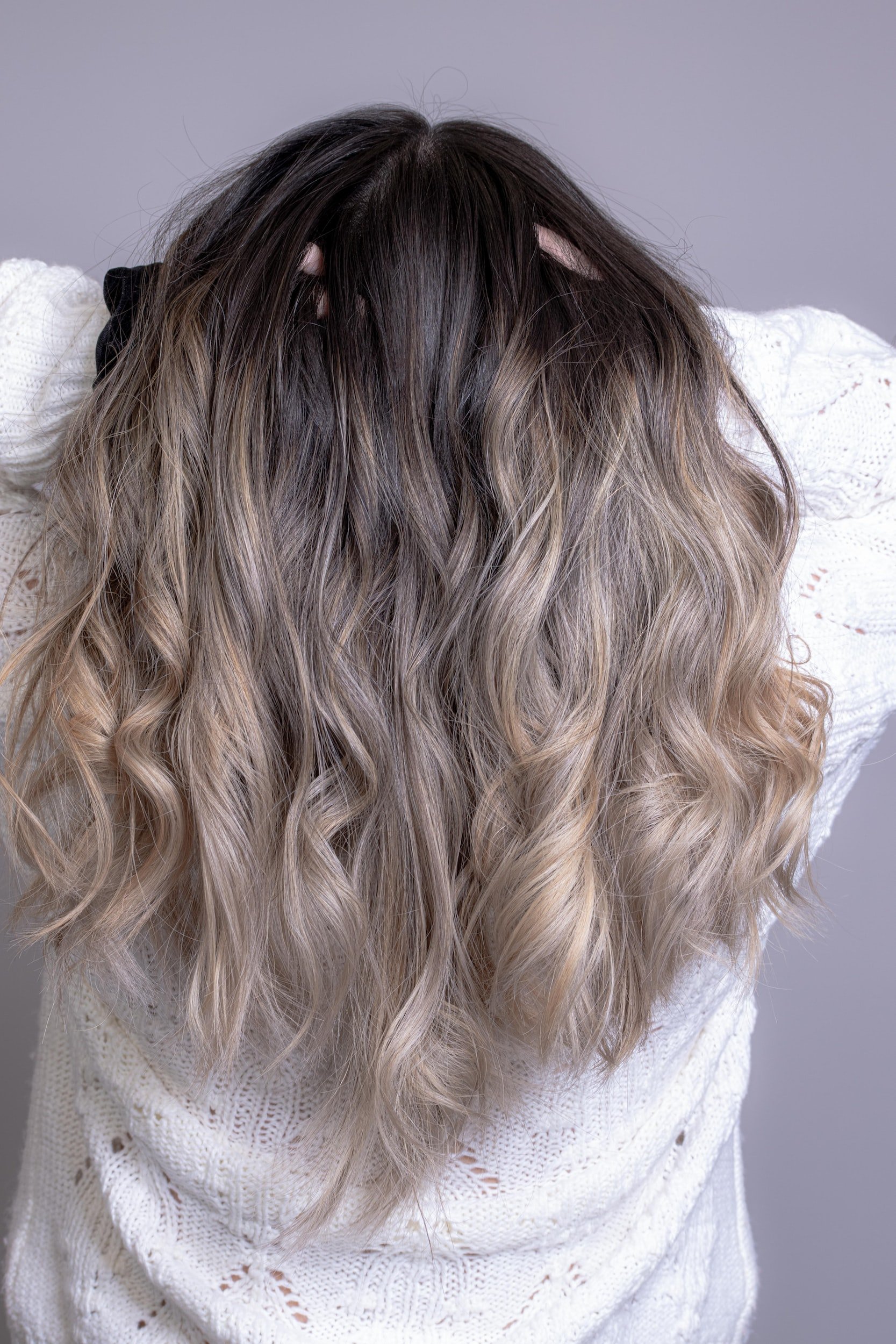Trichotillomania Treatment Online
Trichotillomania (TTM)
Trichotillomania (aka Compulsive Hair-Pulling) is a mental health disorder defined by a strong urge to pull out your hair, resulting in noticeable hair loss and distress. The front-line treatment for TTM is Habit Reversal Training (HRT). HRT is a cognitive-behavioral therapy (CBT) technique that has consistently been found to be effective in treating trichotillomania and other body-focused repetitive behaviors (Bate et al., 2011; Farhat et al., 2020).
TTM is a type of body-focused repetitive behavior (BFRB). BFRBs can take different forms such as scraping at nails or lips or skin-picking to the point where it causes damage or impacts your day-to-day functioning (e.g., you might start avoiding getting haircuts or public places). TTM can affect people of all ages, genders, and backgrounds, and can have a significant impact on quality of life. One of the most effective treatments for TTM is HRT. There are no approved medications to treat trichotillomania (Thomson et al., 2022). In the Diagnostic and Statistical Manual of Mental Disorders, Fifth Edition, Text Revision (DSM-5-TR), Trichotillomania is classified as an obsessive-compulsive and related disorder (OCRD). In case you were counting, yes, I did use 6 abbreviations in these two short paragraphs.
Treating Trichotillomania with Habit Reversal Training
What is habit reversal training (HRT)? HRT is a behavioral treatment that aims to break the habit of hair-pulling by teaching you to identify and replace hair-pulling behaviors with alternative, more positive actions. The basic premise of HRT is to help you become more aware of your hair-pulling behaviors and to provide you with alternative behaviors to engage in when you feel the urge to pull your hair. Essentially, part of what we will be doing is learning to replace one unwanted habit (hair-pulling) with an alternative healthier habit (e.g., utilizing a stress ball, or playing with a thread instead).
HRT typically involves the following steps:
Awareness training: Learn to monitor and notice hair-pulling with the use of tools like a behavioral log or phone application.
Competing response training: Substitute hair-pulling with incompatible behaviors (e.g., squeezing a stress ball).
Stimulus control: Modify the environment to manage hair-pulling behavior.
Social support: Ask loved ones to help identify when hair-pulling occurs.
Maintenance and relapse prevention: Practice skills to maintain progress.
HRT has been shown to be effective in treating trichotillomania. Meta-analyses of HRT studies found that it was significantly more effective than control groups and that the effects were maintained over time (Farhat et al., 2020; Skurya et al., 2020). It is important to note that HRT may not work for everyone with trichotillomania. Some individuals may require additional treatment to address co-occurring issues (e.g. severe depression or OCD). There could also be other circumstances that make it much harder for you to address TTM at this time (e.g., poor sleep, unhealthy relationships or work environments, lack of time, or significant life transitions).
In addition to HRT, Acceptance and Commitment Therapy (ACT) can be a useful supplemental treatment approach for trichotillomania (Woods et al., 2006). ACT focuses on developing psychological flexibility and acceptance of unwanted thoughts or behaviors, rather than trying to eliminate them. This approach can be helpful for individuals with TTM, as it teaches you to acknowledge and accept hair-pulling urges, and at the same time, to refocus attention. An emphasis is also placed on identifying and pursuing your broader values and goals. In essence, ACT teaches you to change your relationship with hair-pulling urges, rather than trying to eliminate them entirely. Notably, ACT Enhanced Behavioral Therapy (another way to describe the combination of ACT & HRT) has been shown to be effective through online therapy (Lee at a., 2018).
Conclusion
Trichotillomania can be a challenging disorder to live with, but with the right treatment, it is possible to manage and overcome hair-pulling behaviors. Both HRT and ACT are effective treatment options for trichotillomania. By increasing awareness of hair-pulling behavior and providing alternative behaviors, individuals can learn to overcome their hair-pulling and improve their quality of life.
If you or someone you know is struggling with hair-pulling behaviors, finding a therapist who specializes in trichotillomania can be a great first step toward recovery. I serve Las Vegas, NV, and Nevada statewide as well as Portland, OR, and all of Oregon statewide (in addition to 33+ PsyPACT states). You may call me at (702) 530-6134, schedule an initial consultation, or use the contact form to take the first step toward recovery and develop a personalized treatment plan.
-
American Psychiatric Association. (2022). Diagnostic and statistical manual of mental disorders (5th ed., text rev.). https://doi.org/10.1176/appi.books.9780890425787
Bate, K. S., Malouff, J. M., Thorsteinsson, E. T., & Bhullar, N. (2011). The efficacy of habit reversal therapy for tics, habit disorders, and stuttering: a meta-analytic review. Clinical Psychology Review, 31(5), 865-871.
Farhat, L. C., Olfson, E., Nasir, M., Levine, J. L., Li, F., Miguel, E. C., & Bloch, M. H. (2020). Pharmacological and behavioral treatment for trichotillomania: An updated systematic review with meta-analysis. Depression and Anxiety, 37(8), 715-727.
Lee, E. B., Haeger, J. A., Levin, M. E., Ong, C. W., & Twohig, M. P. (2018). Telepsychotherapy for trichotillomania: A randomized controlled trial of ACT enhanced behavior therapy. Journal of Obsessive-Compulsive and Related Disorders, 18, 106-115.
Skurya, J., Jafferany, M., & Everett, G. J. (2020). Habit reversal therapy in the management of body focused repetitive behavior disorders. Dermatologic Therapy, 33(6), e13811.
Thomson, H. A., Farhat, L. C., Olfson, E., Levine, J. L., & Bloch, M. H. (2022). Prevalence and gender distribution of trichotillomania: A systematic review and meta-analysis. Journal of Psychiatric Research 153, 73-81.
Woods, D. W., Wetterneck, C. T., & Flessner, C. A. (2006). A controlled evaluation of acceptance and commitment therapy plus habit reversal for trichotillomania. Behaviour Research and Therapy, 44(5), 639-656.
Online Therapy Services in Nevada, Oregon, Arizona & 33+ States.
My Background in Nevada
My Background in Oregon
My Background in Arizona
And All PsyPACT States







